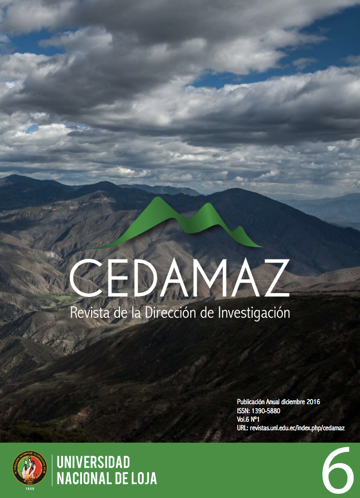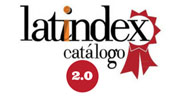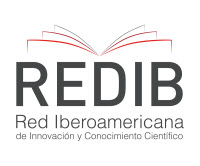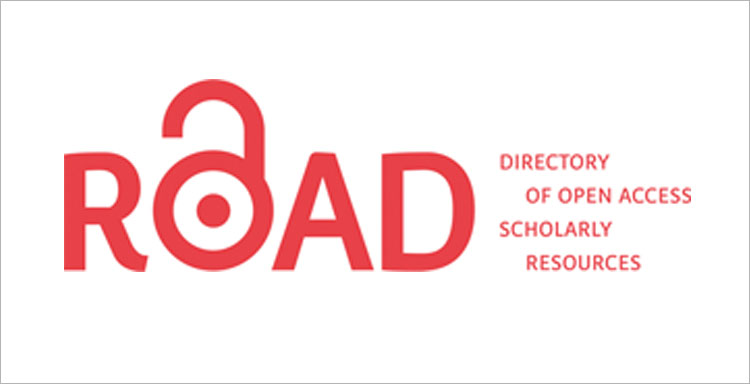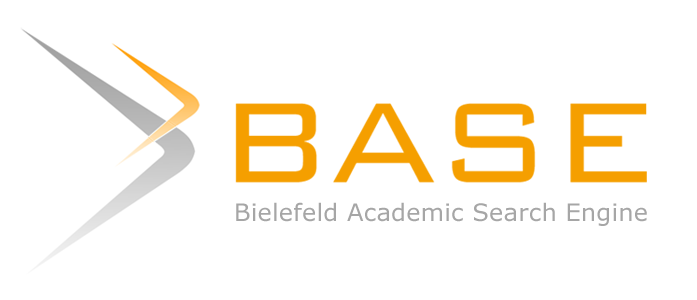Torsion of the greater Omentum: clinical manifestations and diagnosis
Keywords:
Torsion of omentum, clinical manifestations, diagnosisAbstract
Torsion of the greater omentum is a rare disorder that until the present only reported 300 cases worldwide with a rate of approximate incidence of 0.3% of patients with suspected acute appendicitis. This entity was first described by Eitel in 1899. It represents one of the rare causes of acute abdomen with symptoms similar to acute appendicitis and other abdominal pathologies; It may be primary or secondary; the first is presented without evidence of pre-existing intra-abdominal pathology or etiology unknown, although that is attributable to a pedicle of the omentum very narrow or very long, and the second, or cause known, caused by external trauma, violent exercise or Peristaltic movement very accelerated, hernias, flanges or tumor; but intraoperatively is usually diagnosed, it occurs in 0.05 to 0.1% in children according to studies. Preoperative diagnosis is difficult and usually only be reached via a laparotomy Explorer and it can be confused with diseases such as acute appendicitis, pancreatitis, acute cholecystitis or duodenal ulcer perforated, among others. Because low frequency of this surgical pathology report is important cases as they arise, they are usually unsuspected until the surgery is performed.References
Carames, J., & y Cols. (1996). Torsión Primaria de Epiplon. Informe de un Caso. Cirugía y Cirujanos, 152-154.
Carrillo, A., Hernández, N., & Soriano, A. (1986). El infarto epiploico. Una causa poco frecuente de abdomen agudo. Cirugia Española, 1403-9.
DL., M. (1994). The Omentum. En M. R. Morris PJ, Oxford Texbook of Surgery (pág. 1330). New York: Oxford Medical Publications.
Doganay, S., Gul, Y., & Kocakoc, E. (2010). Omental and inarction depicted by ultrasound and computed tomography: An unusual cause of abdominal pain. Inter Med, 871-872.
García Puges, A., Pujol Soler, R., & Adell Rocafort, J. (1996). Torsión del epiplón mayor como causa de abdomen agudo. Revista Española de Cirugía, 39-42.
Maingot, Z. (2008). Operaciones abdominales. En M. Zinner, & S. Asley, Apéndice y apendicectomía (págs. 595-596). México: McGraw-Hil.
Mejia Camacho, L., & y Cols. (2010). Torsión primaria del epiplón. Extraña causa de dolor abdomina. Revista Mexicana de Pediatría, 257-259.
Oğuzkurt P, K. E. (1995). Primary omental torsion in a 6-year-old girl. J Pediatr Surg., 1700–1701.
Pons A, P. (1978). Patología y clínica médicas. En P. Pons A, Patología del epiplón (págs. 403-405). Barcelona: Salvat.
Roman Pera, M., Pulachs Clapera, J., & Trias Folch, M. (1996). Torsión primaria de epiplón mayor. Rev Española Enf Dig, 232-233.
Sánchez, J., Rosado, R., & Ramirez, D. (2002). Torsion of the Greater Omentum Treatment by Laparoscopy. Surg Laparosc Endose Percutan Tech, 443-445.
Scabibi S, R. E. (2011). Primary omental torsion: A case report. World J Gastrointest Surg, 153_155.Tokhais, A., & et al. (2010). Primary omental torsion. Gastroentero
Downloads
Published
How to Cite
Issue
Section
License
Those authors who have publications with this journal, accept the following terms:
- After the scientific article is accepted for publication, the author agrees to transfer the rights of the first publication to the CEDAMAZ Journal, but the authors retain the copyright. The total or partial reproduction of the published texts is allowed as long as it is not for profit. When the total or partial reproduction of scientific articles accepted and published in the CEDAMAZ Journal is carried out, the complete source and the electronic address of the publication must be cited.
- Scientific articles accepted and published in the CEDAMAZ journal may be deposited by the authors in their entirety in any repository without commercial purposes.
- Authors should not distribute accepted scientific articles that have not yet been officially published by CEDAMAZ. Failure to comply with this rule will result in the rejection of the scientific article.
- The publication of your work will be simultaneously subject to the Attribution-NonCommercial-NoDerivatives 4.0 International (CC BY-NC-ND 4.0)

